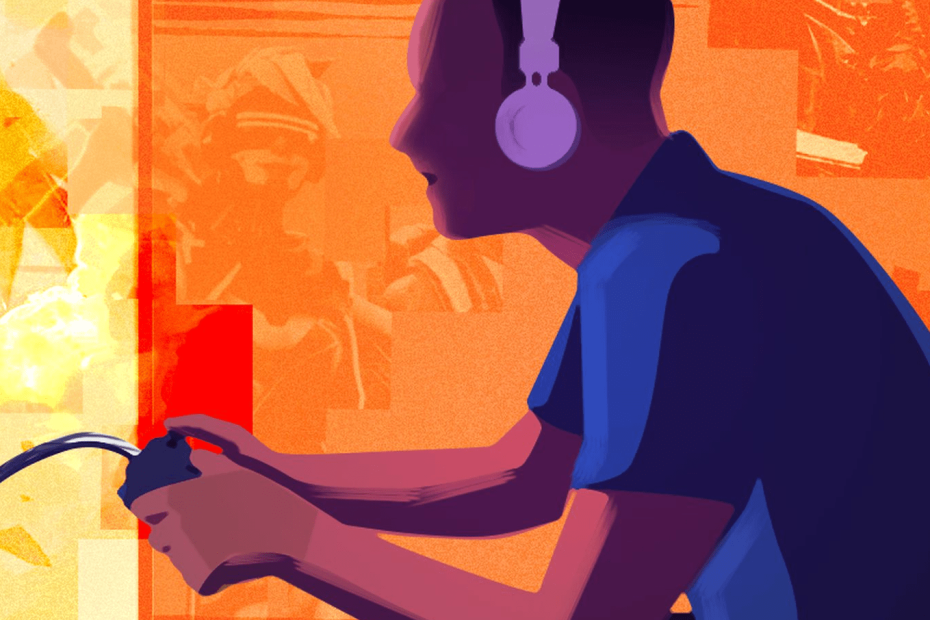In this article, we will be discussing the impact of traditional and digital brain games on children’s development. We will explore the differences between these two types of games and how they can affect various aspects of a child’s cognitive growth. By comparing blog posts and research findings, you will gain a better understanding of which type of brain game may be more beneficial for your child’s overall development. So, let’s dive into the fascinating world of brain games and discover their potential impact on your child’s mind!
The Impact of Traditional and Digital Brain Games on Children’s Development
In today’s digital age, brain games have become increasingly popular as a means to enhance cognitive abilities and promote brain health in children. Traditional brain games, such as puzzles and memory games, have long been utilized for their beneficial effects on cognitive development. However, with the rise of technology, digital brain games have gained prominence as well. In this article, we will explore the impact of both traditional and digital brain games on children’s development, considering their benefits, effectiveness, differences, potential risks, and the importance of parental guidance and moderation.
Traditional Brain Games: Benefits and Examples
Traditional brain games have been widely recognized for their ability to stimulate various cognitive skills in children. These games often involve problem-solving, memory recall, and critical thinking, which can significantly improve cognitive development. By engaging in traditional brain games, children can enhance their attention span, improve their concentration abilities, and boost their problem-solving skills.
Some examples of traditional brain games include crossword puzzles, Sudoku, chess, and memory games. These games require children to think logically, strategize, and exercise their memory and focus. By challenging themselves with these activities, children can develop essential cognitive skills that will benefit them academically and in their everyday lives.
Effectiveness of Traditional Brain Games
Numerous studies have demonstrated the effectiveness of traditional brain games in enhancing brain function and cognitive abilities in children. The repetitive nature of these games helps to strengthen neural connections and improve memory, attention, and other cognitive skills. Research has shown that consistent engagement with traditional brain games can lead to improved academic performance and better overall cognitive abilities in children.
While the benefits of traditional brain games are well-founded, it is essential to note that the effectiveness may vary among individuals. Factors such as age, frequency of engagement, and overall brain health can influence the extent of improvement obtained from engaging in traditional brain games. Nevertheless, the positive impact on cognitive development cannot be understated, and these games continue to be a valuable tool for children’s brain health.
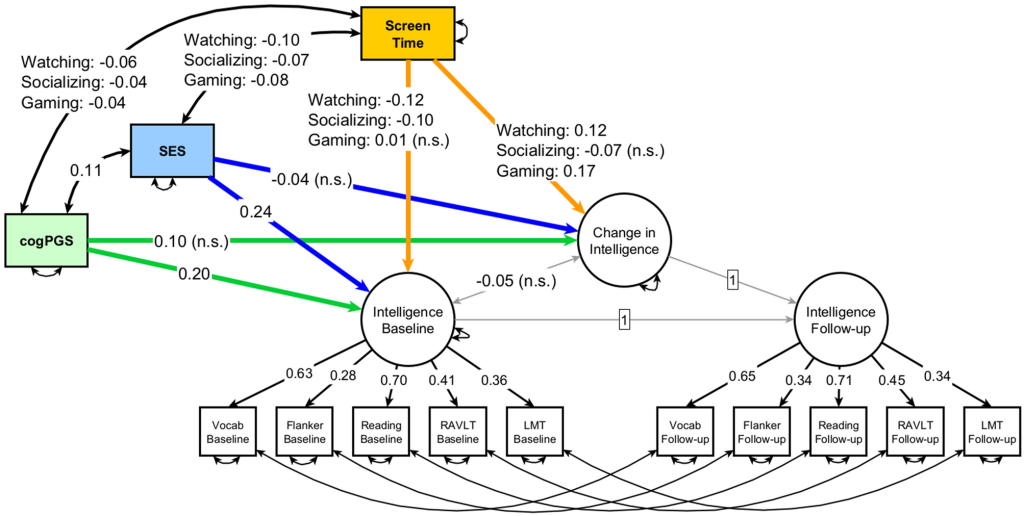
Digital Brain Games: Advantages and Popular Platforms
Digital brain games have emerged as a convenient and accessible alternative to traditional brain games. With the proliferation of smartphones, tablets, and gaming consoles, children now have access to a wide range of interactive and engaging digital brain games. These games often come with attractive visuals, sound effects, and interactive features, capturing children’s attention and providing a captivating learning experience.
One of the significant advantages of digital brain games is their ability to adapt to individual learning needs. Many digital platforms use adaptive technology to assess each child’s cognitive abilities and tailor the games accordingly. This personalized approach ensures that children are constantly challenged at an appropriate level, maximizing their learning potential.
Popular digital brain game platforms include Lumosity, Elevate, and CogniFit. These platforms offer a variety of games that target specific cognitive skills such as memory, attention, and problem-solving. Through these interactive games, children can enjoy learning while simultaneously improving their cognitive abilities.
Research on the Effectiveness of Digital Brain Games
The effectiveness of digital brain games in enhancing cognitive development has been the subject of extensive research. Studies have shown that consistent engagement with well-designed digital brain games can lead to improvements in working memory, attention, and processing speed in children. These games have been found to enhance specific cognitive abilities in children with learning difficulties, making them a valuable tool for educational intervention.
However, it is essential to approach the findings with caution. Some studies suggest that the transfer of skills from digital brain games to real-life situations may be limited. While these games undoubtedly improve cognitive abilities within the game context, applying these skills to real-world scenarios may require additional support and practice. Hence, combining digital brain games with real-life experiences and traditional brain games is crucial for a well-rounded cognitive development.
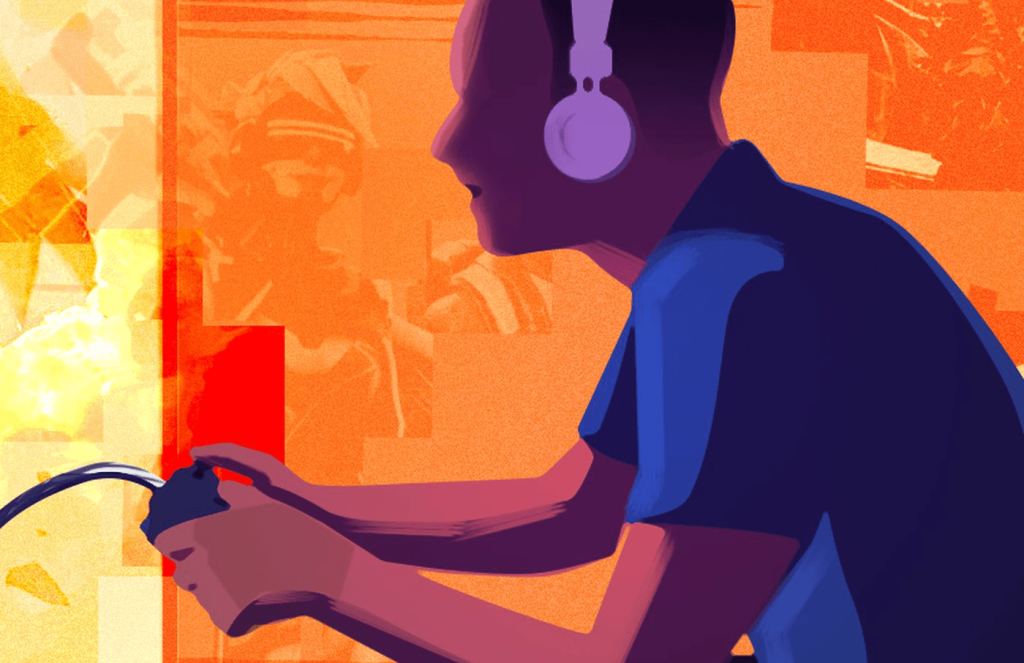
Differences between Traditional and Digital Brain Games
While both traditional and digital brain games offer cognitive benefits, there are notable differences between the two. These differences can affect accessibility, interactive features, cost, and the variety of available games.
Interactive Features
Digital brain games often incorporate interactive features such as animations, sound effects, and rewards, making them highly engaging for children. The immediate feedback provided by these games can motivate children to persist and improve their performance. In contrast, traditional brain games may lack the same level of interactivity, although they still offer valuable cognitive benefits.
Accessibility
Digital brain games have the advantage of being easily accessible on various devices, including smartphones, tablets, and computers. This accessibility allows children to engage in brain-stimulating activities anytime and anywhere. On the other hand, traditional brain games may require specific materials such as puzzles, books, or game boards, limiting their accessibility and portability.
Cost
Traditional brain games, such as puzzles or chess sets, generally have a one-time cost or can be easily obtained for little to no cost. However, digital brain games often involve subscription fees or in-app purchases to access additional features or levels. While the initial cost of traditional brain games may be lower, the long-term costs of digital brain games can accumulate.
Variety of Games
Digital brain game platforms typically offer a wide range of games that target different cognitive skills. This variety allows children to explore and engage in games that align with their interests and learning needs. In contrast, the variety of traditional brain games may be more limited, although the benefits they offer are still valuable.
These differences indicate that both traditional and digital brain games have unique qualities and advantages. By combining the strengths of both types of games, children can benefit from a balanced and comprehensive cognitive development experience.
Impact on Children’s Development
Engaging in brain games, whether traditional or digital, can have a significant impact on various aspects of children’s development.
Cognitive Development
Both traditional and digital brain games have been linked to improved cognitive abilities, including memory, attention, problem-solving, and critical thinking skills. These cognitive improvements can positively influence academic performance and equip children with valuable skills for their future endeavors.
Motor Skills Development
Some digital brain games involve physical interaction through touch screens or motion sensors, providing opportunities for the development of fine motor skills and hand-eye coordination. Traditional brain games, such as puzzles, can also improve fine motor skills and hand dexterity.
Social and Emotional Development
Digital brain games can provide opportunities for social interaction, especially when played with friends or family members. These games can foster teamwork, cooperation, and healthy competition, promoting social and emotional development. Traditional brain games that involve playing with others, such as chess or board games, can also enhance social skills and emotional intelligence.
Educational Benefits
Integrating brain games into educational settings can enhance learning outcomes. By incorporating educational brain games into school curriculums, teachers can reinforce academic concepts while simultaneously developing cognitive skills. Brain games can make learning more engaging and enjoyable, encouraging active participation and knowledge retention.
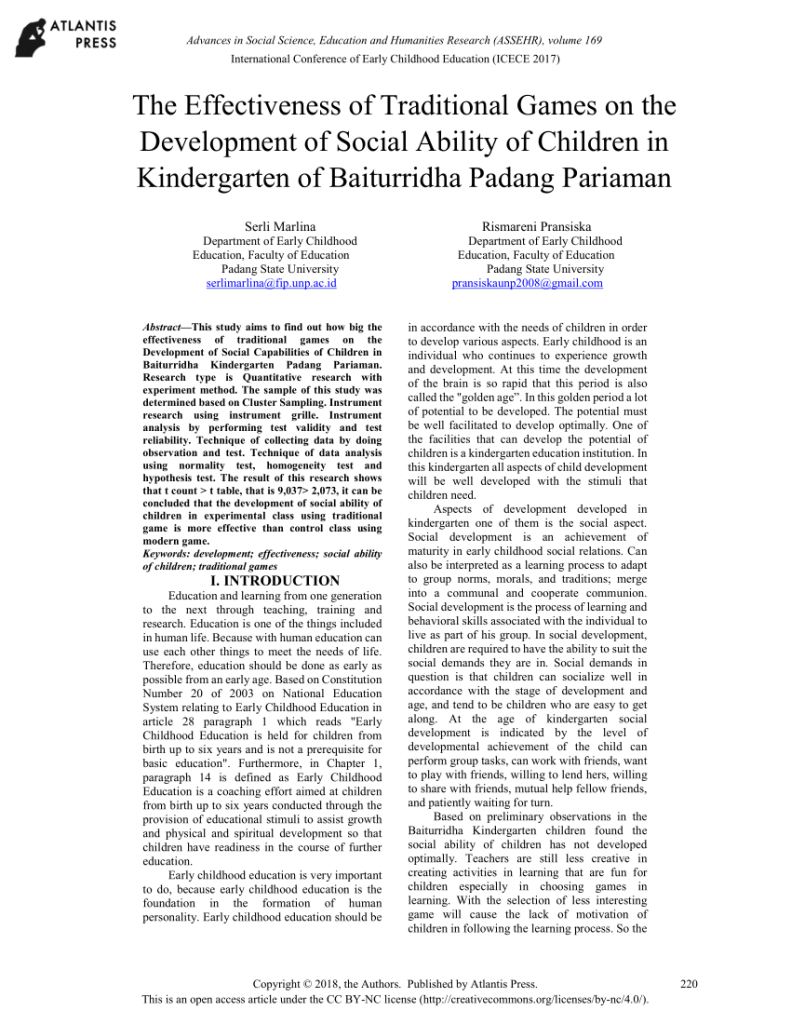
Potential Risks and Concerns
While brain games offer numerous benefits, it is essential to be aware of potential risks and concerns associated with their usage.
Addiction and Excessive Screen Time
Excessive engagement with digital brain games can lead to addiction and contribute to increased screen time. It is crucial for parents to set limits and ensure a healthy balance between screen time and other activities, such as physical exercise and social interactions.
Lack of Physical Activity
Engaging in brain games, particularly digital ones, often involves sedentary activities. Insufficient physical activity can be detrimental to a child’s overall health and development. Parents should encourage regular physical exercise and outdoor play to complement brain game activities.
Limited Real-World Application
While brain games can improve cognitive skills within the context of the games themselves, their transferability to real-life situations may be limited. It is important to supplement brain games with real-life experiences that allow children to apply their cognitive abilities in practical settings.
Quality and Age-Appropriate Content
Not all brain games are created equal, and it is essential to ensure that the games selected are of high quality and suitable for a child’s age and developmental stage. Parents should be cautious of games that may be overly complex or contain inappropriate content.
Parental Guidance and Monitoring
To ensure a positive and balanced experience with brain games, parental guidance and monitoring are crucial.
Setting Limits and Balancing Screen Time
Parents should establish clear guidelines regarding screen time and brain game usage. It is recommended to limit screen time to a reasonable duration and encourage children to engage in other activities, such as reading, physical exercise, and creative play.
Choosing Age-Appropriate Games
Parents should select brain games that are suitable for their child’s age and developmental stage. Games that align with the child’s interests and match their cognitive abilities will provide optimal learning opportunities.
Active Involvement and Supervision
Parents should actively engage in their child’s brain game activities by playing together, discussing the games, and monitoring their progress. This involvement fosters a positive learning environment and allows parents to address any concerns or challenges that may arise.

Benefits of Combining Traditional and Digital Brain Games
By combining the strengths of traditional and digital brain games, children can enjoy a more comprehensive and balanced cognitive development experience.
Enhanced Cognitive Abilities
Traditional brain games provide a solid foundation for cognitive development by improving memory, critical thinking, and problem-solving skills. Digital brain games, with their interactive features and adaptive technology, can further enhance these cognitive abilities, targeting specific areas of improvement.
Balanced Development
Using both traditional and digital brain games ensures a well-rounded cognitive development that encompasses various skills, such as logic, creativity, memory, and attention. This balanced approach equips children with a diverse range of cognitive abilities that will benefit them in various aspects of life.
Variety and Engagement
Incorporating both types of brain games provides children with a greater variety of activities and experiences. This variety keeps children engaged, prevents monotony, and ensures a continuous challenge that promotes ongoing cognitive development.
Educational Impact
The integration of brain games into school curriculums can have a significant educational impact.
Integration into School Curriculums
By incorporating brain games into classroom activities, teachers can reinforce academic concepts and provide engaging learning experiences. Brain games can make learning more interactive and enjoyable, helping students to develop a deeper understanding of the curriculum.
Improving Learning Outcomes
Engaging in brain games has been shown to improve learning outcomes by enhancing cognitive abilities and critical thinking skills. By integrating brain games into the learning process, students can develop a broader skill set, leading to improved academic performance.
Addressing Individual Learning Needs
Brain games, particularly digital ones with adaptive technology, can cater to individual learning needs. This personalized approach allows teachers to address diverse learning styles and provide targeted support for students with specific strengths or challenges.
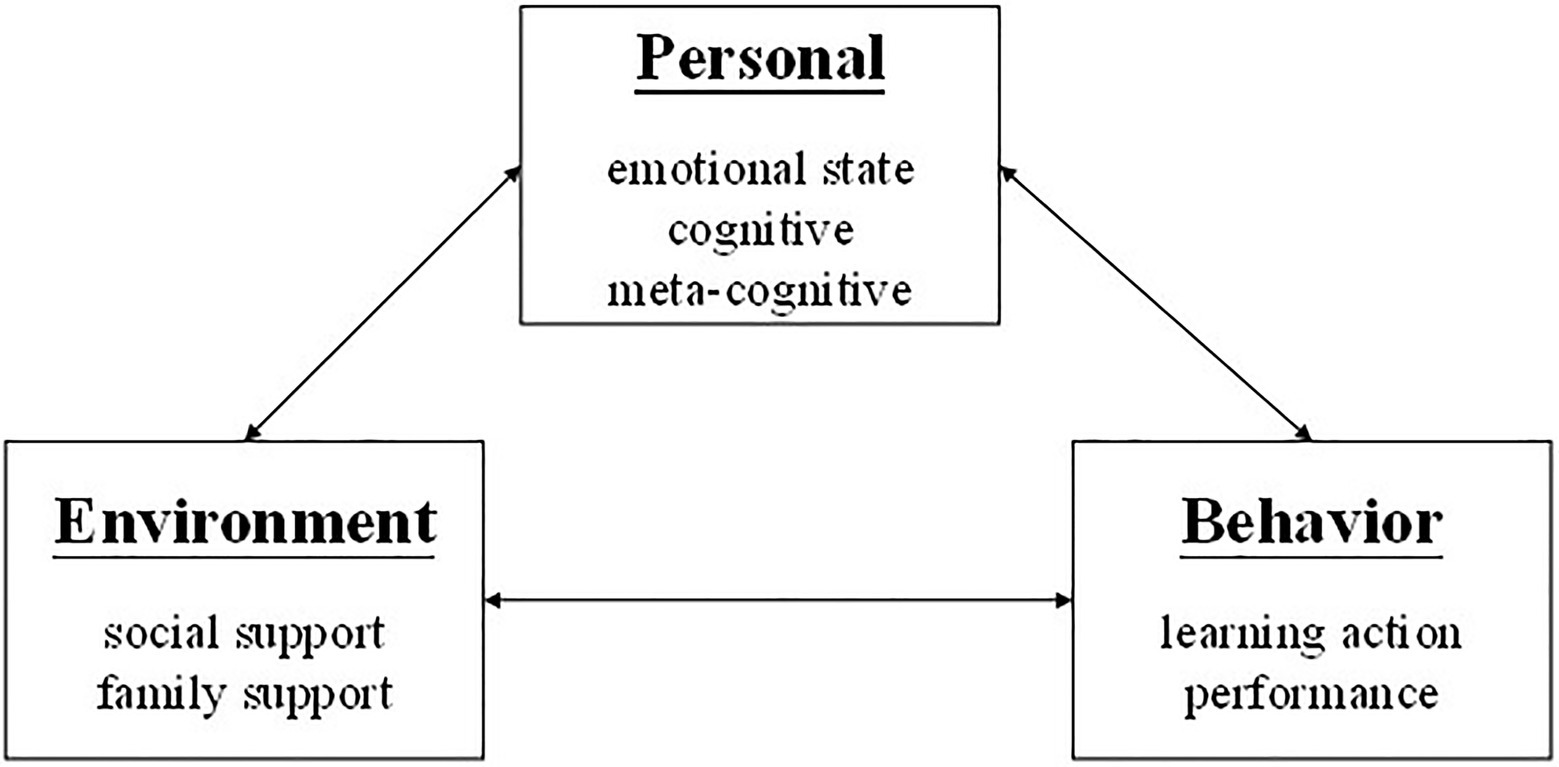
Conclusion
Traditional and digital brain games have undeniable benefits for children’s cognitive development. By engaging in brain games, children can enhance their cognitive abilities, improve memory and attention, develop problem-solving skills, and boost academic performance. It is essential, however, to balance brain game activities with outdoor play, physical exercise, and real-life experiences.
Parents play a crucial role in guiding and monitoring their children’s brain game activities. Setting limits and establishing a healthy balance between screen time and other activities is essential. Additionally, selecting age-appropriate games and engaging in interactive play with children can further enhance the learning experience and ensure a positive impact on their development.
By combining traditional and digital brain games, children can enjoy a comprehensive and well-rounded cognitive development. This integration provides a variety of activities, enhances cognitive abilities, and promotes balanced development. Furthermore, integrating brain games into school curriculums can improve learning outcomes and address individual learning needs, making brain games a valuable tool for educators and students alike.
In conclusion, the impact of traditional and digital brain games on children’s development is significant. By embracing a variety of brain games and ensuring a balanced approach, children can unlock their full cognitive potential and thrive in their educational journeys and beyond.
